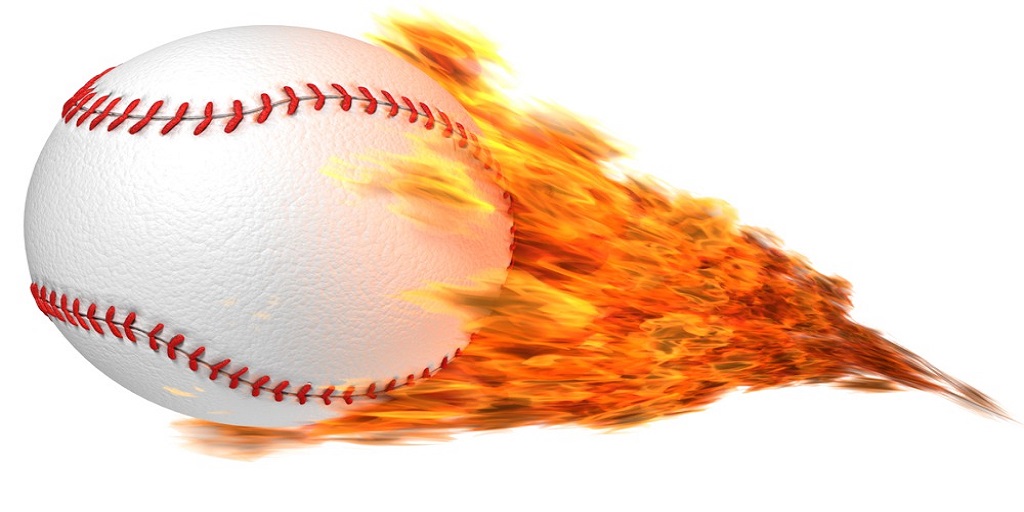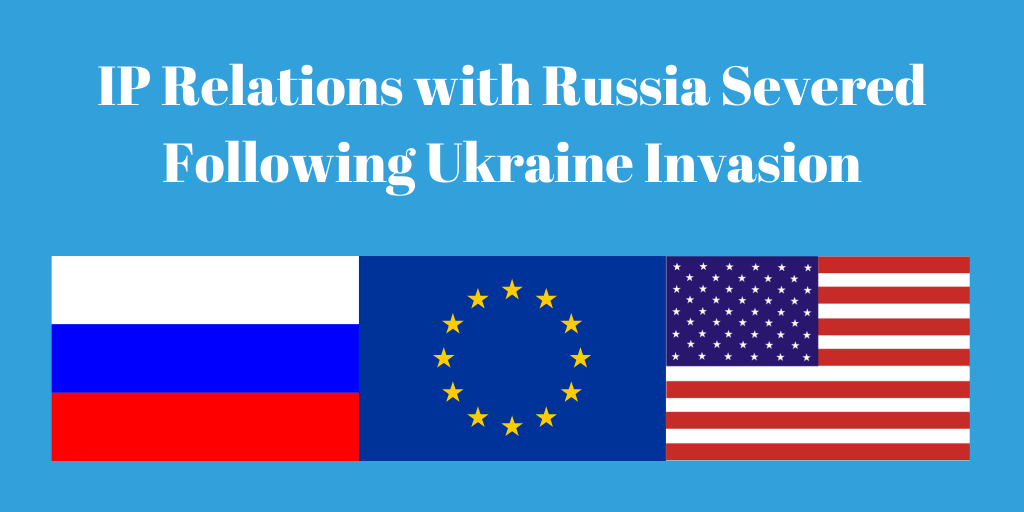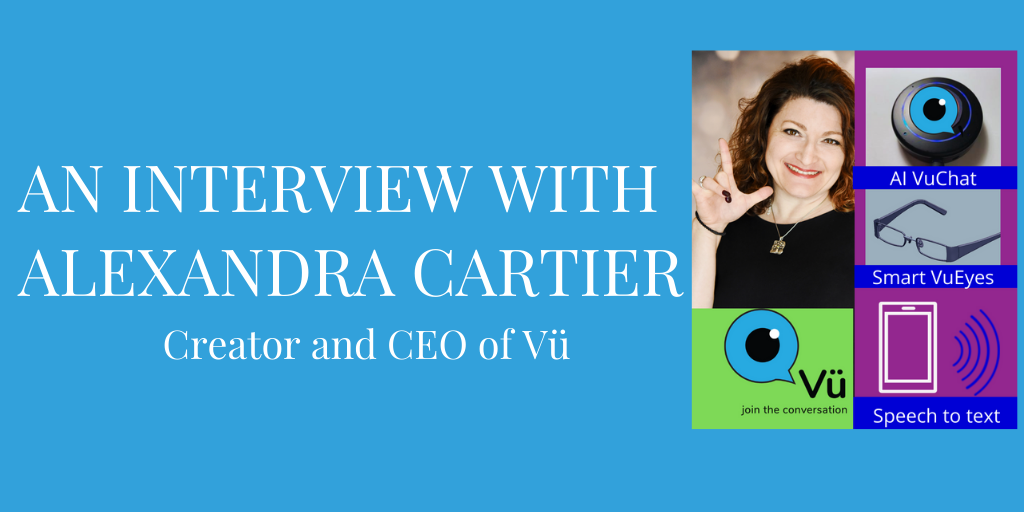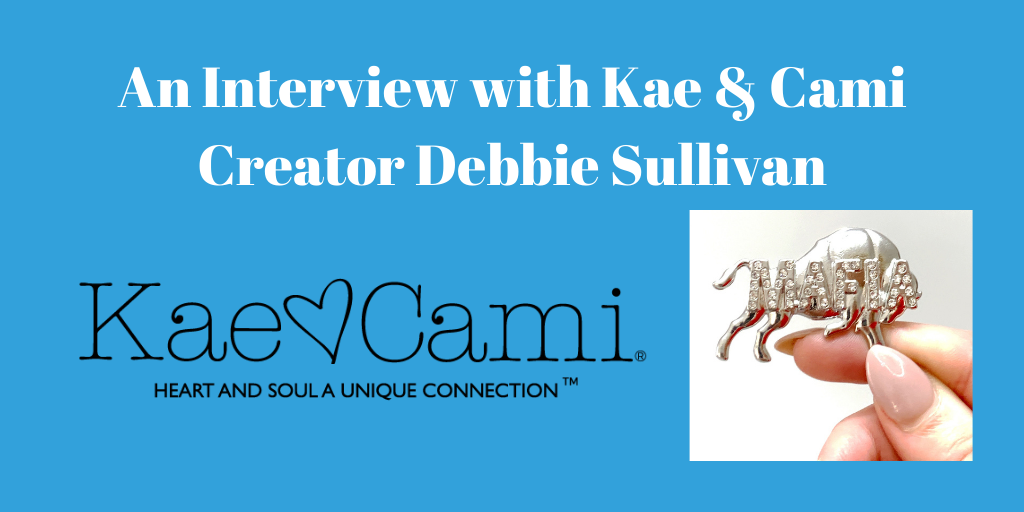Guest Blogger: Arthur S. Cookfair, Registered Patent Agent
“A country without a Patent Office and good patent laws is just a crab and can’t travel anyway but sideways and backways.”
Declared Mark Twain (speaking through his character, Sir Boss, in a Connecticut Yankee in King Arthur’s Court). In his homey way, Sir Boss was simply restating the philosophy that guided the framers of the U.S. Constitution when they established the constitutional basis for the U.S. patent system.
The Congress shall have the power…to Promote the progress of science and useful arts, by securing for limited time to authors and inventors the exclusive
rights to their respective writings and discoveries.Article 1, Section 8, U.S. Constitution.
The Constitution not only provides the authority for the establishment of our patent system, but clearly establishes the purpose: “to promote the progress of [the] useful arts”. Thus, the basic purpose of our patent laws is not simply to protect inventors’ rights to their inventions. It is a broader, societal purpose: to promote the progress of technology. The purpose has been well served. The 235 year history of our nation is interwoven with invention and technological progress.
In 1790, three years after the drafting of the Constitution, Congress passed a bill titled “Act To Promote The Progress of The Useful Arts”. The bill was signed by President Washington on April 10, 1790 and the United States Patent System was established.
In that same year, Samuel Hopkins of Philadelphia received the first patent. His invention was a chemical process for making potash from wood ashes. The patent was signed by Thomas Jefferson (Secretary of State), Edmund Randolf (Attorney General) and President George Washington.
Technological innovation is linked to three-quarters of America’s post-WW II growth rate. Two innovation-linked factors—capital investment and increased efficiency—represent 2.5 percentage points of the 3.4 percent average annual growth rate achieved since the1940’s.
Since that first patent more than 7.8 million U.S. patents have been granted. Our nation has grown from a population of about 4 million to more than 300 million and the granting of patents, like every government activity, has grown correspondingly in quantity and complexity.
The U.S. Patent and Trademark Office (USPTO), a branch of the Department of Commerce, employs nearly 10,000 persons (6,100 are patent examiners) and issues patents at a rate of about 190,000 per year.
There are three types of U.S. Patents:
- Design Patents are granted for the protection of any new and original ornamental design for an article of manufacture.
- Plant Patents are granted for the invention or discovery of a distinct and new variety of plant.
- Utility Patents are granted for any new and useful process, machine, article of manufacture, or composition of matter.
Plant patents and design patents, although commercially important, are special categories of patents and account for a relatively small proportion of the U.S. patents granted. (There have been approximately 9,000 plant patents and somewhat more than 360,000 design patents granted, while more than 7,800,000 utility patents have been granted.)
The utility patent is the type of patent that most people associate with invention and is the type of patent to which the following remarks are directed.
WHAT A PATENT IS
The answer to the question “What is a patent?’ may vary greatly, depending on the person answering the question and that person’s association with patents or the patent system.
There are three basic characteristics commonly attributed to patents:
- The contractual characteristic. In viewing the patent as a contract, the focus is on the contractual exchange between two parties the inventor and the government. The inventor gives a full disclosure of the invention and how to make and use it so that when the patent expires, the public will be in possession of the invention. In return, the government gives the inventor the right to exclude others from using his/her invention for a limited period of time.
- The property characteristic. Patents have a right of ownership similar to real property that can be transferred in whole or in part. In a manner analogous to real estate, a patent can be sold, or it may be “rented” (licensed) and “rent” can be collected for its use (royalties).
- The monopoly characteristic. The “monopoly” associated with patents is limited in time and negative in nature (i.e., exclusionary).
The U.S. patent law defines the patent grant as
“…a grant to the patentee… of the right to exclude others from making, using or selling the invention throughout the United States…”
In this definition, the word “exclude” is key to an understanding of patents. The patent grant provides the patentee with the right to exclude others from practicing the invention.
WHAT A PATENT IS NOT
A patent is not a license to make, use or sell your invention. It does not give the patentee the right to practice his/her invention.
The most common misconception concerning patents is that a patent gives one a right to practice his/her invention. In fact, it is not uncommon for an inventor to be granted a patent and not have the right to practice the invention.
The patent merely grants the patentee the right to stop or exclude others from practicing the invention. At the same time, the patented invention may be directed to subject matter that falls within the exclusive rights of someone else’s broader patent. In such an instance, the broader patent is said to dominate.
Such a situation commonly occurs when the second patented invention represents an improved version of an earlier issued, more basic patent. The owner of the earlier dominating patent may be free to practice the basic invention (but may not be free to practice the improved version of the second patentee). The second patentee may not be free to practice either invention without permission of the first patentee.
Related post:








